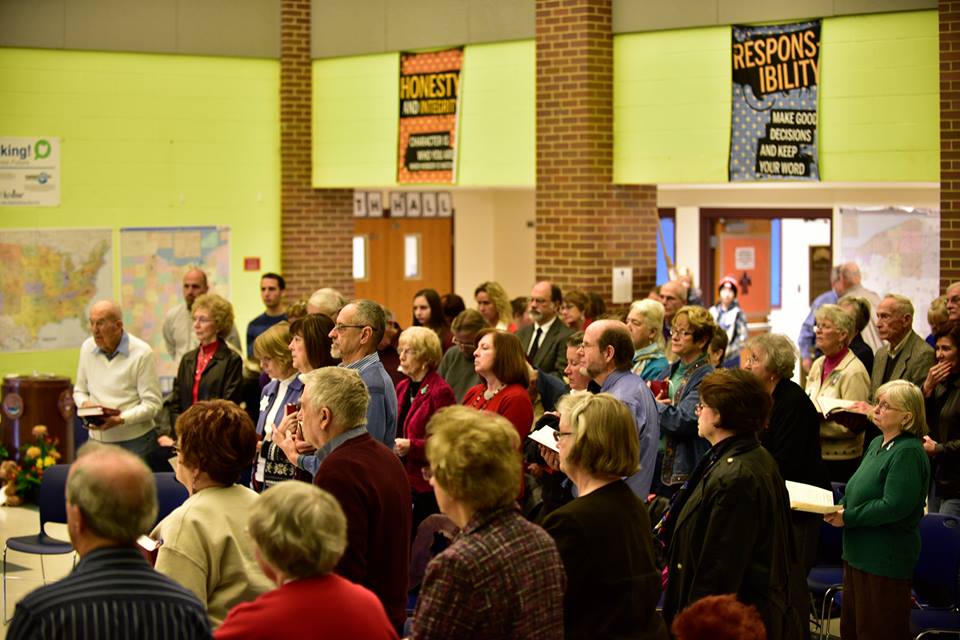Today’s post is from Renee Hermanson, Worship Committee member at St. Mark’s Lutheran in Aurora, CO.
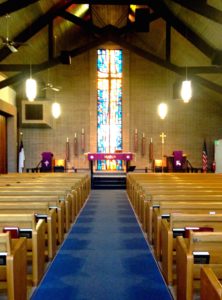 The soaring arches in the large sanctuary of St. Mark’s Lutheran Church in Aurora, Colorado, reach high above the long rows of pews to focus on the chancel’s wide stone altar and brilliant stained glass window. Such elegance seems out of place in the surrounding neighborhood of modest tract homes and the nearby mini-mall, all showing their age.
The soaring arches in the large sanctuary of St. Mark’s Lutheran Church in Aurora, Colorado, reach high above the long rows of pews to focus on the chancel’s wide stone altar and brilliant stained glass window. Such elegance seems out of place in the surrounding neighborhood of modest tract homes and the nearby mini-mall, all showing their age.
The population of this congregation, like many across the country, is also showing its age, as younger members move away or change churches, and older ones slow down and retire from active participation, then move to care centers or leave this life. The still active and able members give selflessly to help the congregation serve those whom Jesus loves and welcomes. Through providing spaces for AA meetings, offering once-a-week Food Bank distribution, serving a free Wednesday night supper and hosting special events for the neighborhood, St. Mark’s imposing building has become a symbol of service and welcome where people have found hope and belonging in a neighborhood that is home for several immigrant communities as well as people experiencing homelessness.
This outreach has brought a more diverse group of people into the congregation. For some, —perhaps most —of those who have become a part of the St. Mark’s family, the whole church culture is an entirely new experience. For others, who come from a different branch of Christianity, the message is familiar, but the form of worship is not. These people follow along as best they can, but they may wonder why we sing so many prayers a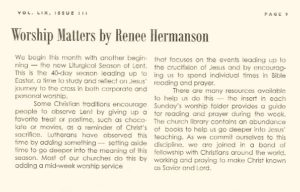 nd those hard-to-sing hymns.
nd those hard-to-sing hymns.
To help these people —and others as well—the St. Mark’s worship committee decided to provide some Lessons in Lutheranism in two places — the Sunday bulletin and the monthly newsletter. Each week the Hymn Notes item in the bulletin provides both a “what” in a short history of one of the hymns and a “why” that shows its relationship to the day’s text and/or the Liturgical Calendar. The Worship Matters column that appears each month in The Messenger describes and explains the “what’s” and “whys” of the liturgical seasons, symbols, and practices of worship.
The response has been positive, as much from the established members as from newer ones. The articles are researched and written by a member of the committee, but could be done by another member or the pastor. Aside from having a general understanding of Lutheran doctrine and practice, the only requisite is a few hours a month to research and write the short items. A wealth of information can be found in books and articles on Christian/Lutheran symbols, festivals and traditions found in most church libraries, and on the Internet —on the ELCA Worship committee and hymn history sites.
As we enter into this observance of the 500th anniversary of the Reformation, this kind of review and education might help any congregation enrich its worship experience.
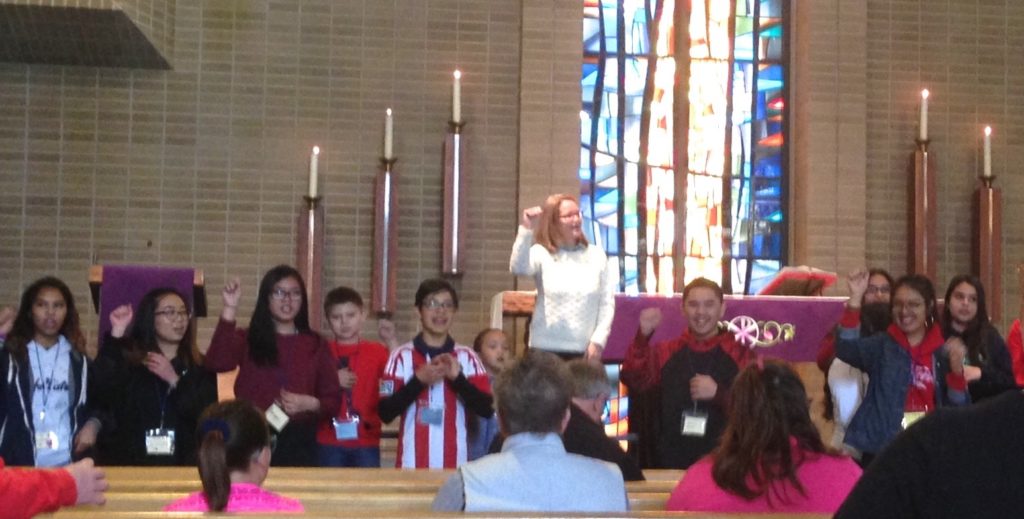

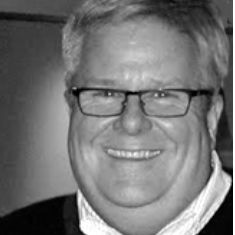 I remember when I first realized that prayer is as much about listening to God as it is speaking to God. In other words, I remember the first time I experienced real silence.
I remember when I first realized that prayer is as much about listening to God as it is speaking to God. In other words, I remember the first time I experienced real silence.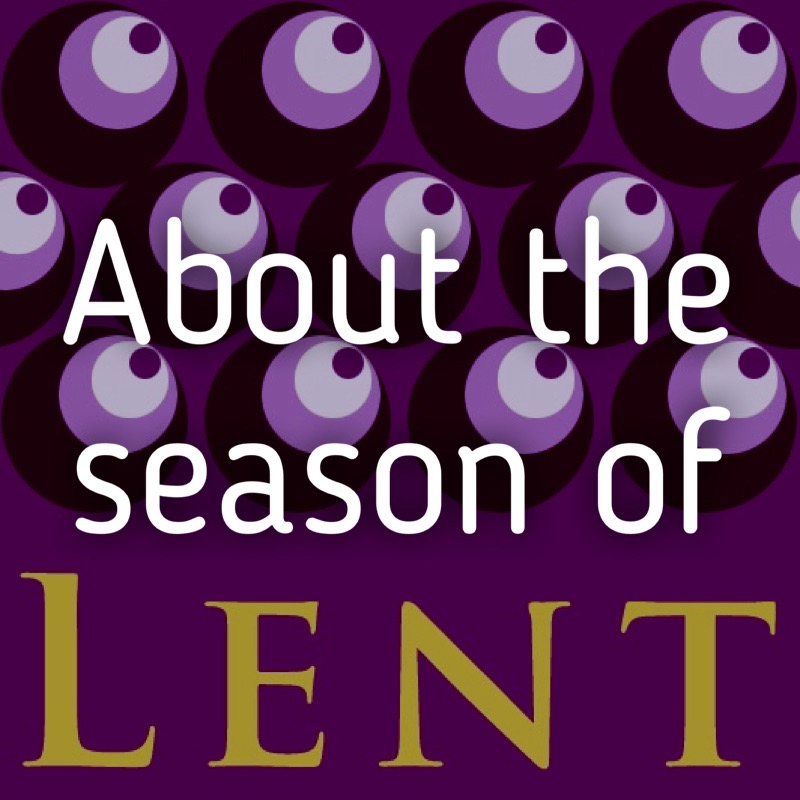
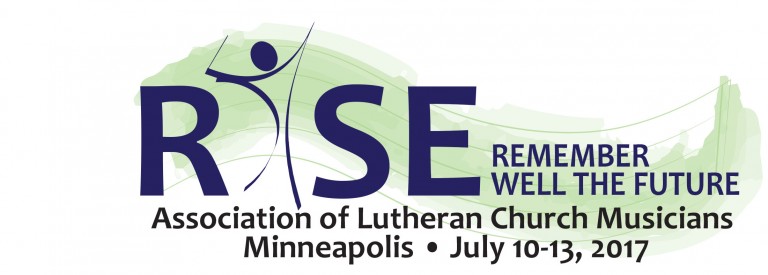
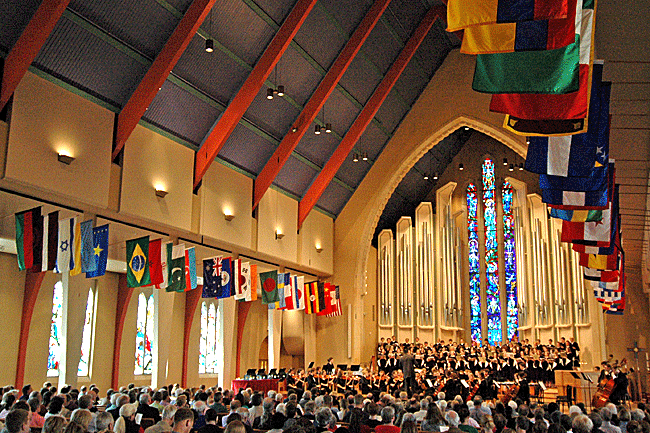 Opening worship will be held at
Opening worship will be held at 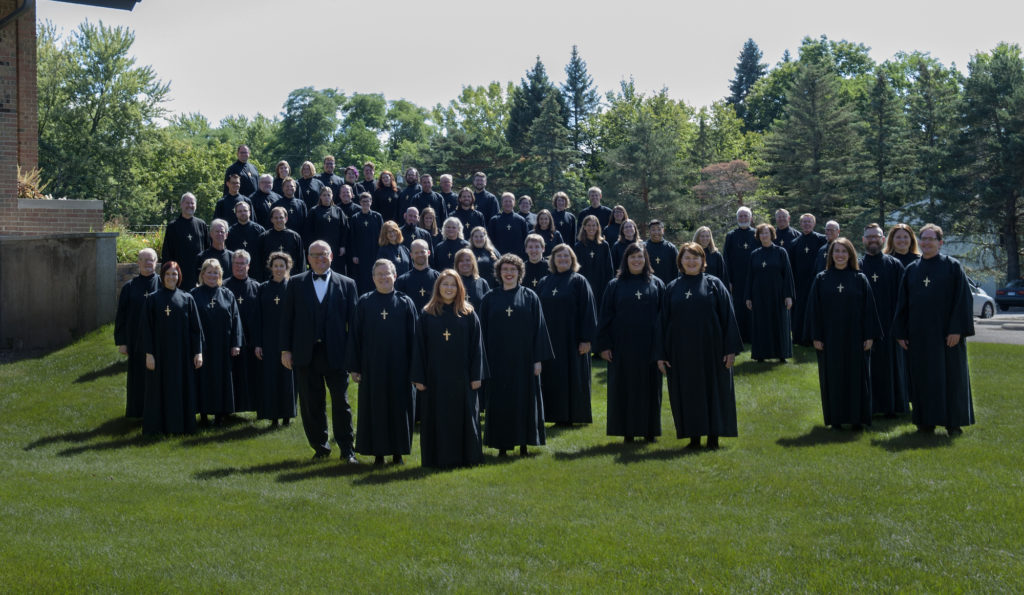
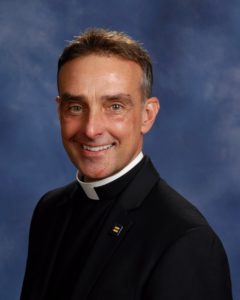 Myths are truth and wisdom
Myths are truth and wisdom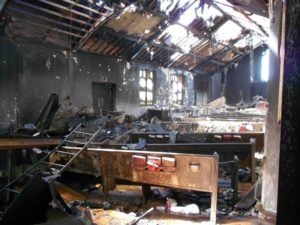 As we begin the forty days of Lent, we remember Jesus’ forty years in the wilderness as well as the Israelites’ forty years of wandering. The congregation I serve, First Lutheran in Lorain, Ohio, is also experiencing a time of wandering in the wilderness after a fire destroyed our ninety-year-old building in August of 2014. The last two and a half years have been difficult, but they have also been life-affirming.
As we begin the forty days of Lent, we remember Jesus’ forty years in the wilderness as well as the Israelites’ forty years of wandering. The congregation I serve, First Lutheran in Lorain, Ohio, is also experiencing a time of wandering in the wilderness after a fire destroyed our ninety-year-old building in August of 2014. The last two and a half years have been difficult, but they have also been life-affirming.